Table of content
The blood vessels that appear close to the skin’s surface and resemble tree branches are Spider veins. These spider veins are smaller, but are often mistaken for varicose veins. Appearing red, blue, or purple, these veins are often an appearance concern only, but can lead to discomfort or health complications as well. Common spider vein treatments include compression garments, Sclerotherapy, Laser Treatments, Vein Ablation Procedure, and some home remedies.
Here we have explored common causes of spider veins and their management.
Spider Veins
Spider veins, also known as telangiectasias, are widened blood vessels that are visibly close to the skin’s surface. Typically appearing on the legs, the spider veins can also appear on other spots such as face or chest. While these veins are generally harmless, they can sometimes cause discomfort and indicate underlying issues with venous health.
Common Treatments for Spider Veins
Spider veins can often be managed or treated with a combination of professional treatments and lifestyle changes. Some of the effective treatments are as follows:
1. Compression Therapy
Compression stockings are one of the most common home remedies for veins. The pressure applied to the legs improves blood flow, thus reducing the appearance of spider veins. These garments are particularly effective for those who spend long hours on their feet.
- Compression Pumps: Devices like bio compression are designed to reduce swelling and improve circulation. With the help of compression pumps and specific compression garments, one can easily get compression therapy at the ease of home. The pumps come with various chamber options; ones with greater number of chambers offer more sequential therapy options.
- Venapro Leg Compression Price: These garments are a cost-effective way to manage spider veins at home. Prices vary, but they generally range from $40 to $100, depending on brand and type.
While other treatments exist, pneumatic compression therapy is preferred by many individuals. This has even been highlighted as a mainstay treatment option by the PMC. When opting for pneumatic compression therapy, reading out this blog ‘Pneumatic Pump Side Effects & Their Prevention’ may help you get the best results while preventing adverse effects.
2. Sclerotherapy
This is a popular spider vein treatment where a solution is injected into the affected veins, causing them to collapse and eventually disappear. Although highly effective, multiple sessions may be required.
Important:
Spider veins may progress to varicose veins. This condition involves larger, twisted veins that can cause pain, swelling, and other complications like edema (fluid retention). Treatment for which may require vein stripping or ligation – a surgical procedure of removing or tying off damaged veins.
3. Laser Treatments
Laser treatments are becoming increasingly popular for spider veins. The procedure involves directing light energy to the veins, causing them to fade away over time.
4. Vein Ablation Procedure
This is a slightly invasive procedure that uses heat to close off damaged veins. Vein ablation procedures are effective for both spider veins and larger varicose veins.
Worried about the costs of compression pumps?
Claim your pneumatic therapy partner using insurance. Get a free benefits check today with CGM Monitors.
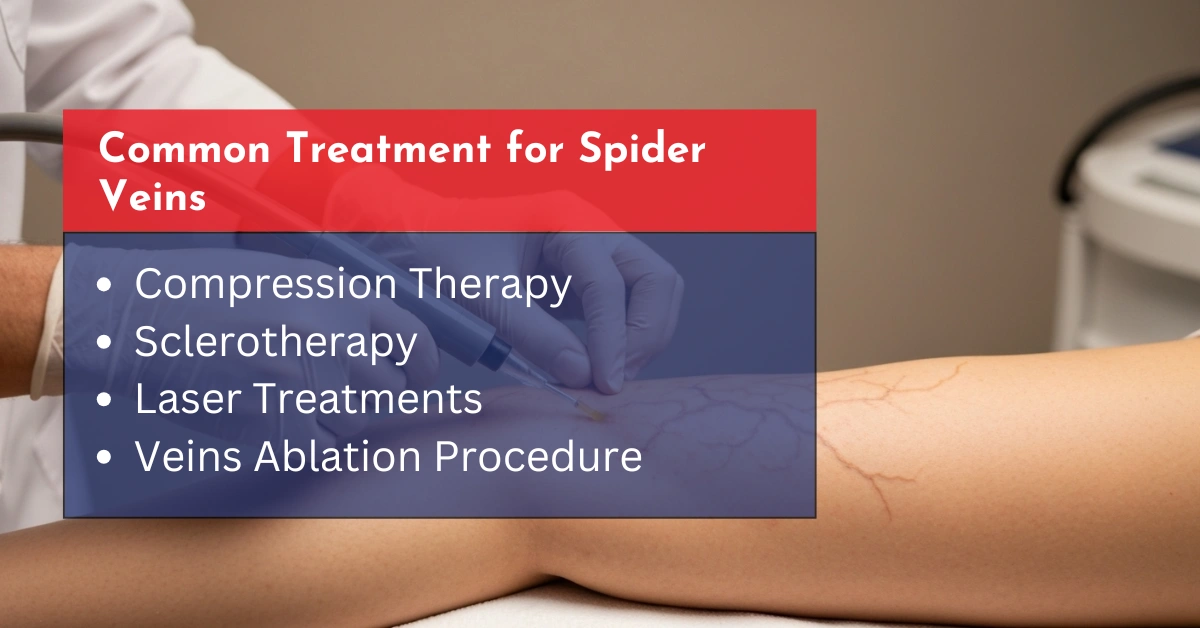
More Ways to Manage the Condition
While professional treatments are highly effective, there are several ways to reduce the probability of spider veins:
- Apple cider vinegar: Known for its anti-inflammatory properties, it can help reduce the appearance of spider veins.
- Horse chestnut extract: Often used in supplements to strengthen blood vessels and improve circulation.
- Massage: Gently massaging the affected area can improve circulation and relieve discomfort. Consider a licensed therapist for taking this massage.
6 Major Causes of Spider Veins
While spider veins often result from multiple factors, some authors note that the exact causes are not absolute:
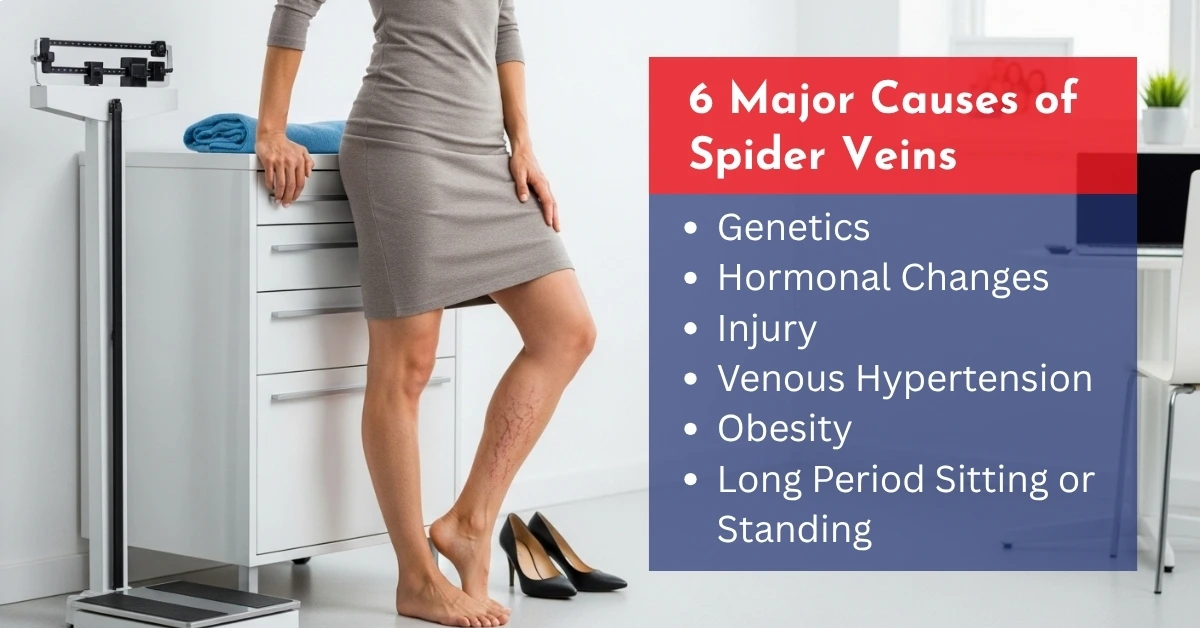
- Genetics: Just like many other health issues, a family history of spider veins or varicose veins increase your chances of developing them.
- Hormonal Changes: Pregnancy, birth control pills, and menopause are common hormonal triggers. Hormonal fluctuations can weaken vein walls, leading to spider veins.
- Injury: Physical suffering or surgery can damage blood vessels, resulting in spider veins in the affected area.
- Venous Hypertension: Increased pressure within the veins, caused by poor blood circulation or damage to the vein valves, is a common cause of spider veins.
- Obesity: Excess weight exerts more pressure on veins, especially in the legs, thus often leading to spider veins.
- Long Period Sitting or Standing: Sitting or standing for longer periods can cause poor circulation. This increases the risk of spider veins.
Moreover, while diabetes is not a direct cause of spider veins, weaker veins fall among its causes. High blood sugar increases the risk of venous hypertension, leading to poor circulation. This increases the chances of developing spider veins.
4 Major Symptoms of Spider Veins
Spider veins can cause various symptoms, including:
- Visible veins: Red, blue, or purple veins on the skin’s surface.
- Swelling and pain: Especially after long periods of standing.
- Itching or burning sensation around the affected area.
- Leg heaviness: A common symptom that worsens after standing or sitting for extended periods.
If left untreated, spider veins can sometimes progress to more serious conditions, like varicose veins, which can lead to edema (swelling) or discomfort.
Tips and Tricks to Manage Spider Veins at Home
- Elevate your legs regularly to improve circulation.
- Wear compression stockings or use compression garments.
- Stay active: Avoid long periods of sitting or standing. Try to take breaks to stretch and move around.
- Maintain a healthy weight to reduce pressure on your legs.
- Avoid tight clothing that can restrict blood flow.
Conclusion
Spider veins are often just a cosmetic issue, which means they usually do not cause pain. However, if left untreated when the condition can progress to a greater extent, it may lead to complications. Thus, it’s important to consult a doctor and focus on the underlying condition. And remember, while diabetes is not a direct cause of spider veins, it can increase the chances of many complications, including this one, so keep monitoring your blood sugar, do it 24/7, and if frustrated with finger pricks, take the help of CGM sensors, such as Freestyle Libre 3 Plus Sensors.
Treatments such as sclerotherapy and bio compression devices, combined with a healthy lifestyle, can meaningfully improve circulation, hence, reducing the condition.
Disclaimer: Always consult a healthcare specialist before taking any medical action.

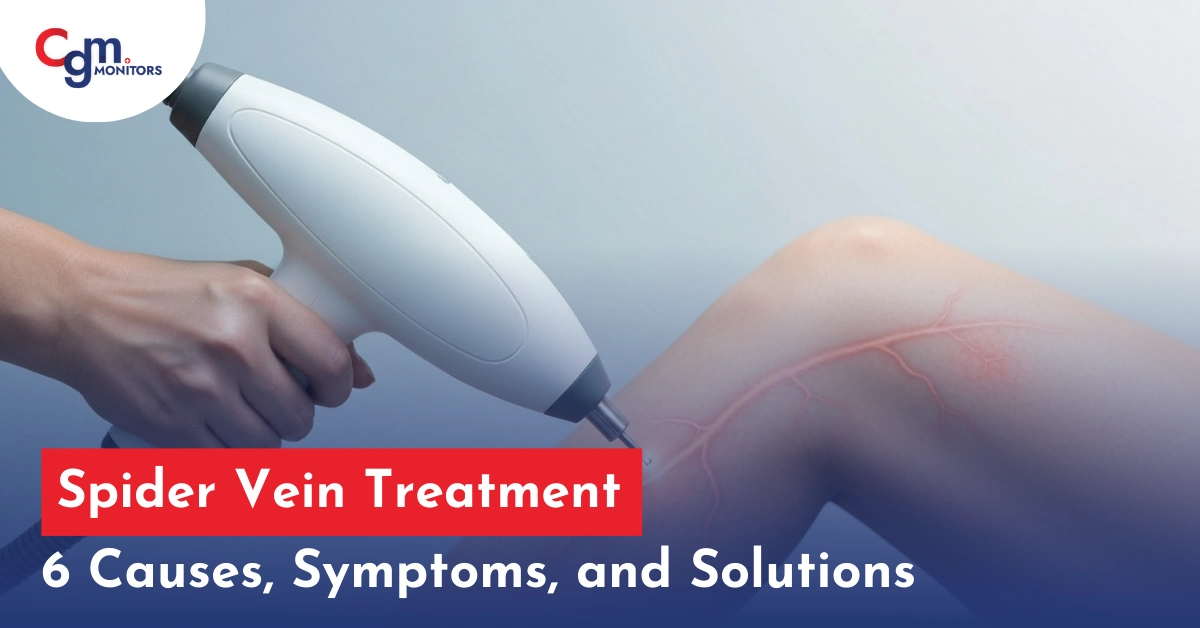
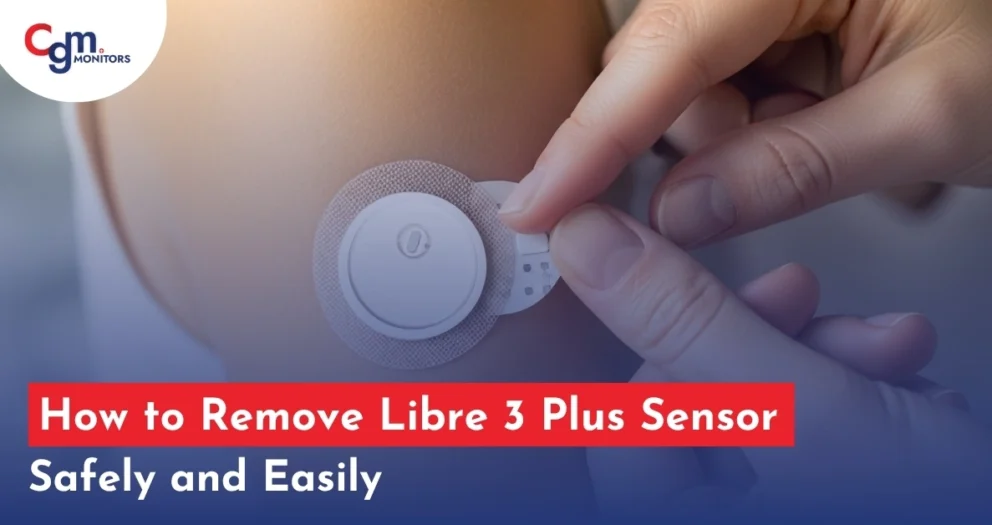

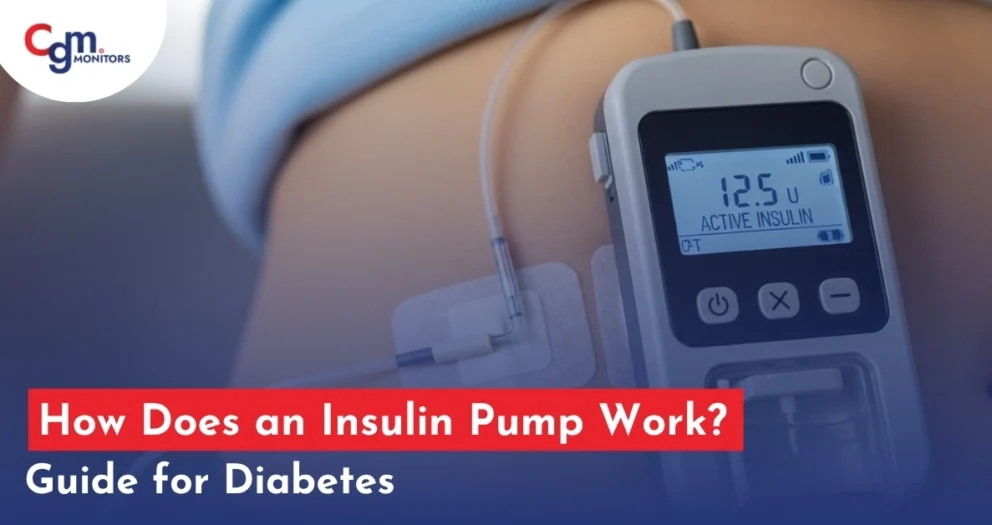

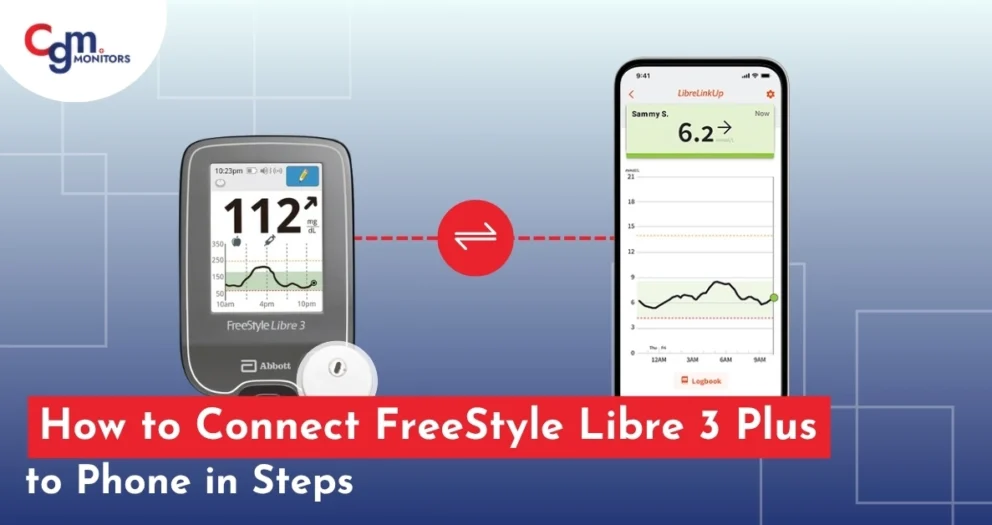
Write a comment
Your email address will not be published. All fields are required